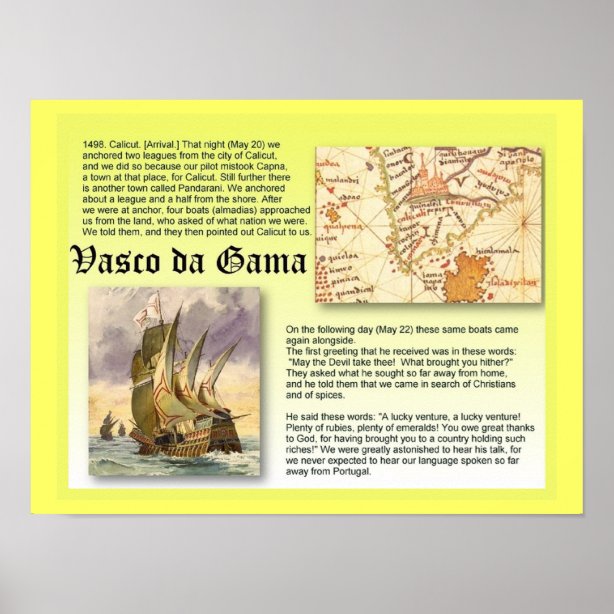

His ships inched their way down the African coast, voyaging thousands of miles farther than any previous explorer. Instead of heading west, da Gama went south. To discover the sea route to India, he deliberately set his course in a different direction from Columbus, his great seafaring rival. He sailed blindly, virtually by instinct, without maps, charts or reliable pilots, into unknown oceans.Īs Nigel Cliff, a historian and journalist, demonstrates in his lively and ambitious Holy War, da Gama was abetted as much by ignorance as by skill and daring. But where courage could not bring him through violent storms, contrary seas and the machinations of hostile rulers, luck came to his rescue. On this voyage, as on his two later ones, he proved a brilliant navigator and commander. He possessed a visionary cast of mind bordering on derangement he saw himself spearheading a holy war to topple Islam, recover Jerusalem from “the infidels” and establish himself as the “King of Jerusalem.”ĭa Gama shared these dreams, but like his hard-bitten crew, rogues or criminals to a man, he coveted the fabled riches of the East-not only gold and gems but spices, then the most precious of commodities. The king was not moved chiefly by a desire for plunder. An obscure but well-connected courtier, he had been chosen, much to everyone’s surprise, by King Manuel I to head the ambitious expedition to chart a new route to India. The Portuguese navigator Vasco da Gama set sail from Belém, a village at the mouth of the Tagus River now part of greater Lisbon, on July 8, 1497. When the Hindu priests chanted ‘Krishna,’ the Portuguese heard it as ‘Christ.'” – Eric Ormsby


The Portuguese joined in the chants and invocations with gusto. What mattered to the Portuguese was that these long-lost Indian Christians permitted images in their ‘churches.’ Thus, whatever their idiosyncrasies, they could not be Muslims. “Vasco da Gama’s ‘landing party had assumed that Hindu temples were Christian churches, they had misconstrued the Brahmins’ invocation of a local deity as veneration of the Virgin Mary and they had decided the Hindu figures on the temple walls were outlandish Christian saints.’ True, ‘the temples were also crammed with animal gods and sacred phalluses,’ but these surely reflected exotic local Christian practices.


 0 kommentar(er)
0 kommentar(er)
